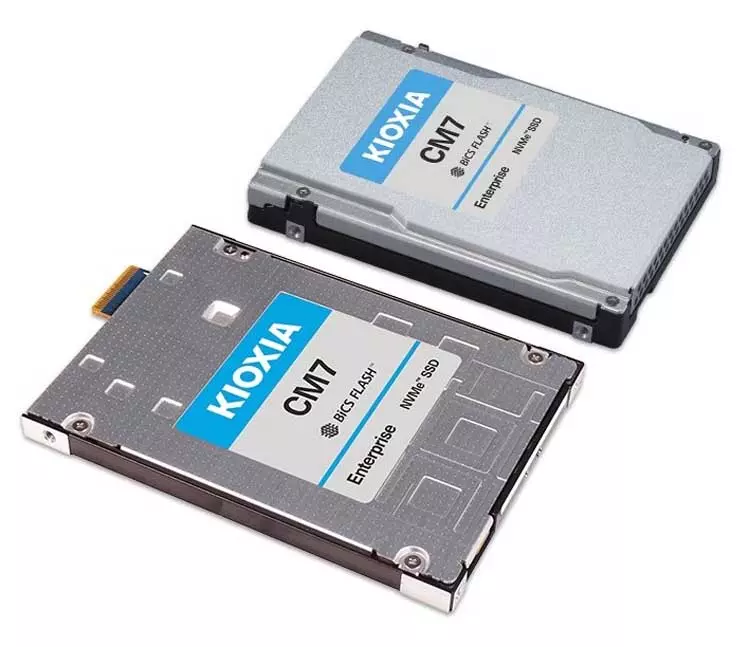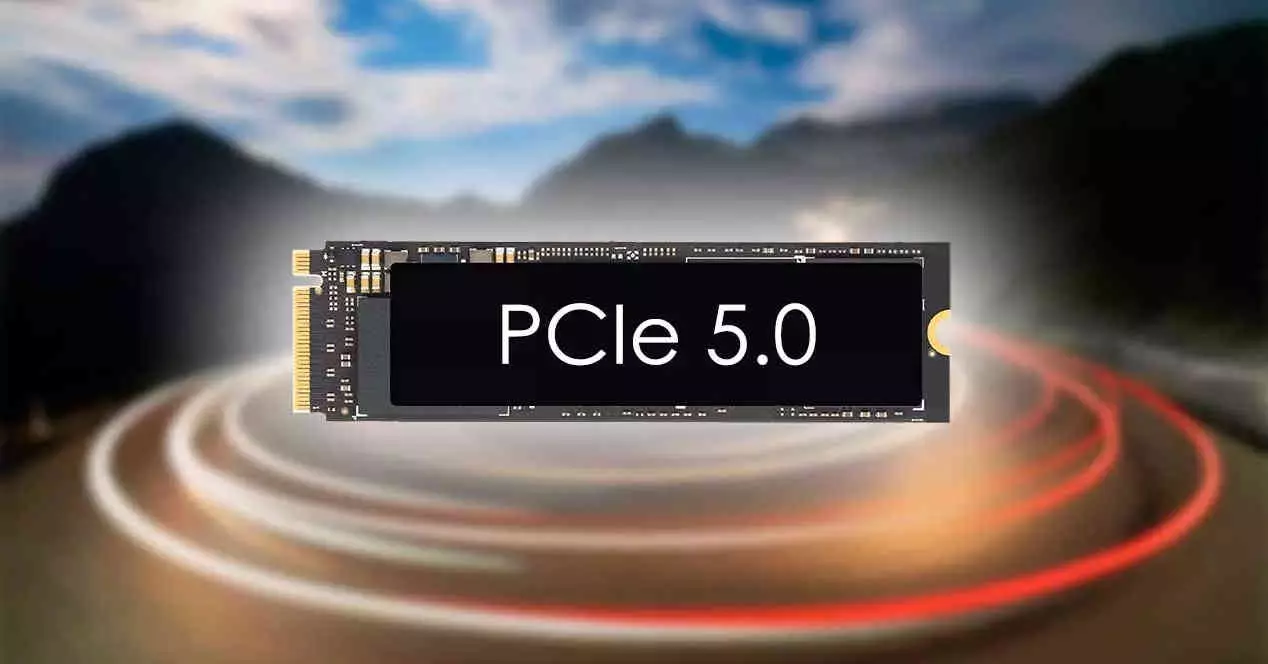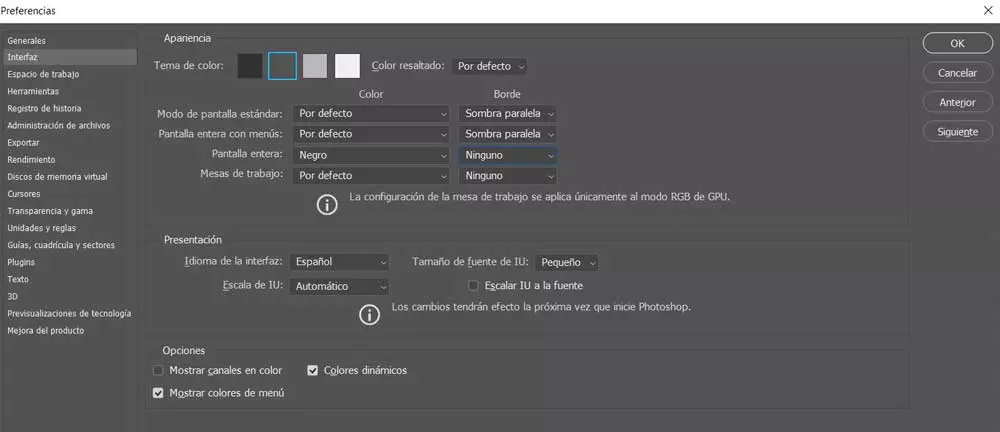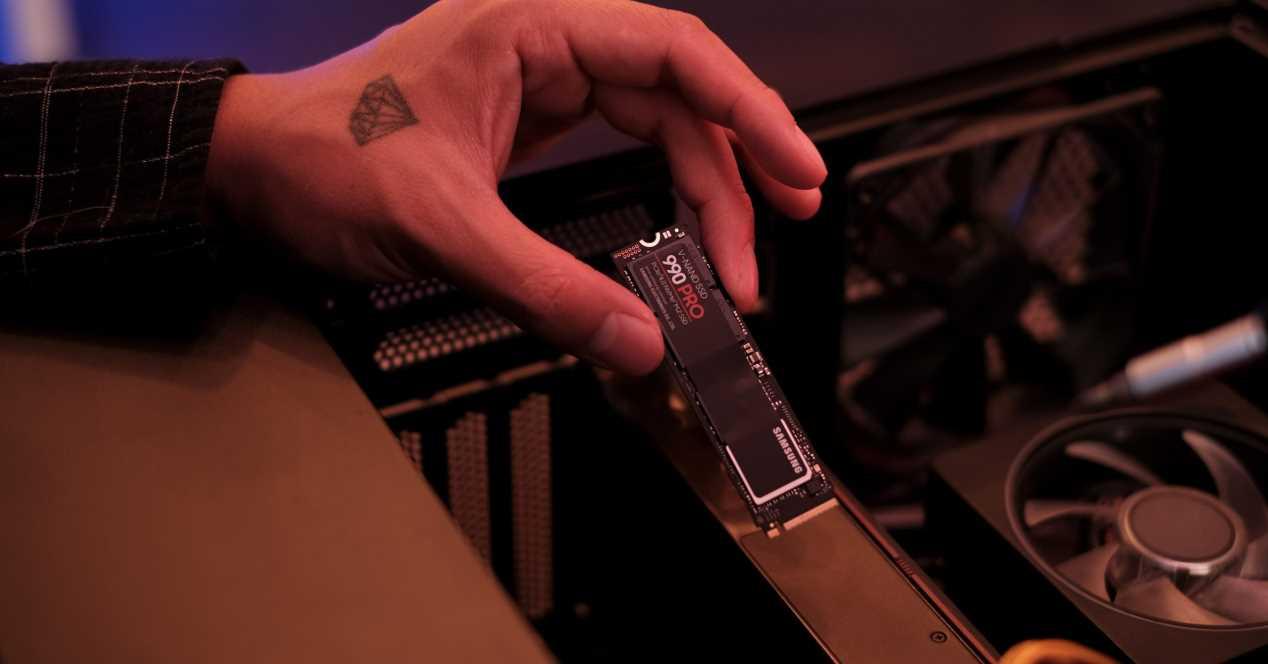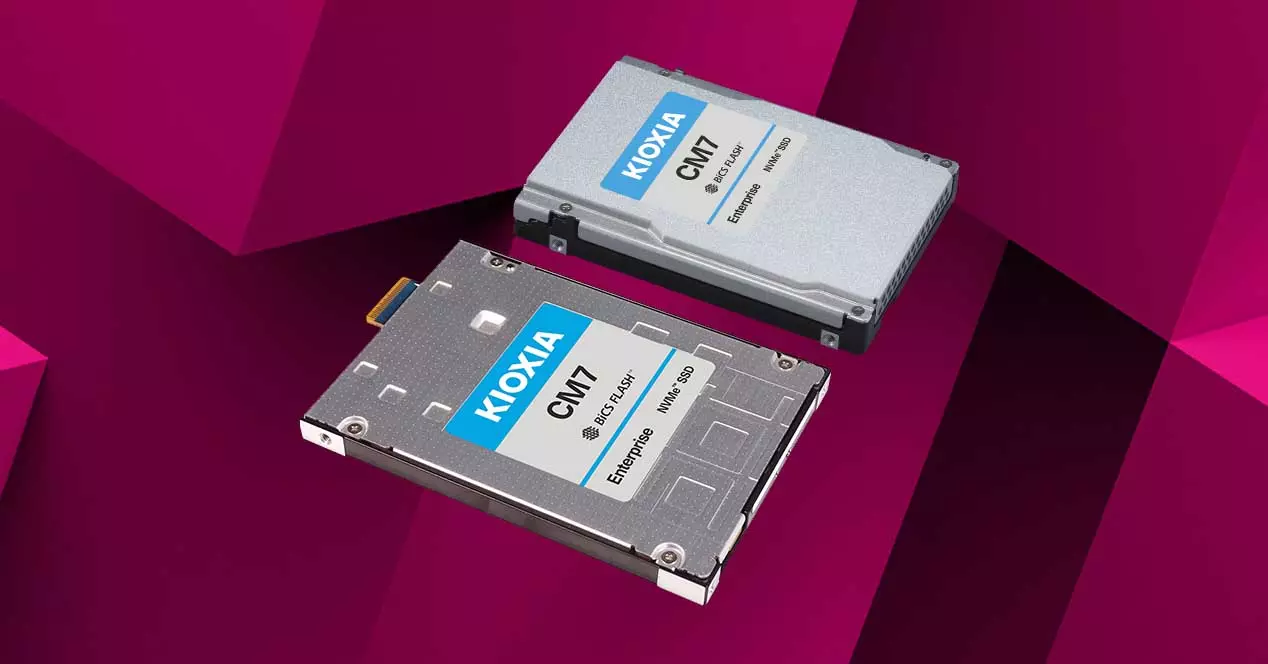
The manufacturer KIOXIA (formerly Toshiba Memory) has just introduced its new family of SSD CM7solid-state devices designed to deliver the highest possible performance through the interface PCI-Express 5.0, but unfortunately, due to their format and interface, they are not devices that we can have on our home PCs. However, as often happens, we are before the prelude to what will later come to our home PCs, so let’s see what they offer us.
The KIOXIA CM7 series is optimized to meet the needs of high-demand server and device environments, and for this reason they do not come with the M.2 2280 form factor and PCIe interface that we are used to, but are SSDs in the form factor 2.5-inch E3.S and, as we anticipated at the beginning, with a PCIe 5.0 interface.
Up to 14 GB/s on the new KIOXIA CM7 SSDs
We are dealing with solid-state devices that, taking advantage of the wide bandwidth of the new PCI-Express 5.0 interface, boast of being able to offer speeds that reach 14GB/s transferwhich is roughly double what we now have as standard in the consumer industry.
Now, these SSDs come in the EDSFF E3.S format of 2.5 inches and 15 mm in height, compatible with U.2 and U.3, so although physically we could connect them to a home PC, in reality the boards base consumer PCs do not have the necessary connections to make them work. Unfortunately, these SSDs are designed for server and workstation environments, and in fact KIOXIA has said that these SSDs are already being shipped to OEMs so that they can integrate them into their equipment, but not to the distributors that usually sell the products of the company. brand.
In any case, as we have told you many times before, when a manufacturer launches a new technology, it is often first for the business environment, and soon after it arrives in its version for consumers. What does this mean? That soon we will have PCIe 5 SSDs of the brand in stores and these we will be able to buy for ordinary users.
Will you notice the difference with a PCIe 5.0 SSD?
We are constantly receiving new information about the next generation of storage devices, with a PCIe 5.0 interface and that will offer twice the bandwidth of the SSDs we currently have. The numbers are certainly overwhelming, and when we think of transfer speeds of up to 14 GB / s our mouths water, but is it something that we will really notice in a home PC? Would it be a point for which it was worth taking the generational leap?
The answer is probably no. With the SSDs that we currently have, we are already at transfer speeds that exceed 7,000 MB/s in many cases, but when we talk about such speeds, they are usually in specific situations and, the reality, is that at the moment of truth we have not noticed big changes in terms of PC performance and how long it takes, for example, in the loading screen of a game, between SSDs of one generation and another.
When the first SATA SSDs hit the market, we did notice an overwhelming difference compared to mechanical hard drives, and perhaps when the first PCIe SSDs arrived, we did notice a good difference between them and SATA; however, since then the difference in performance at the moment of truth (and we return to the fact that we are talking about everyday situations, such as how long it takes to load a game) is practically negligible, even if you have a state-of-the-art SSD that doubles the performance of the previous one.
Therefore, this next generation of PCIe 5.0 SSD is not going to bring us a performance jump itself, and therefore we consider that it is not a point that is worth a change of platform.
